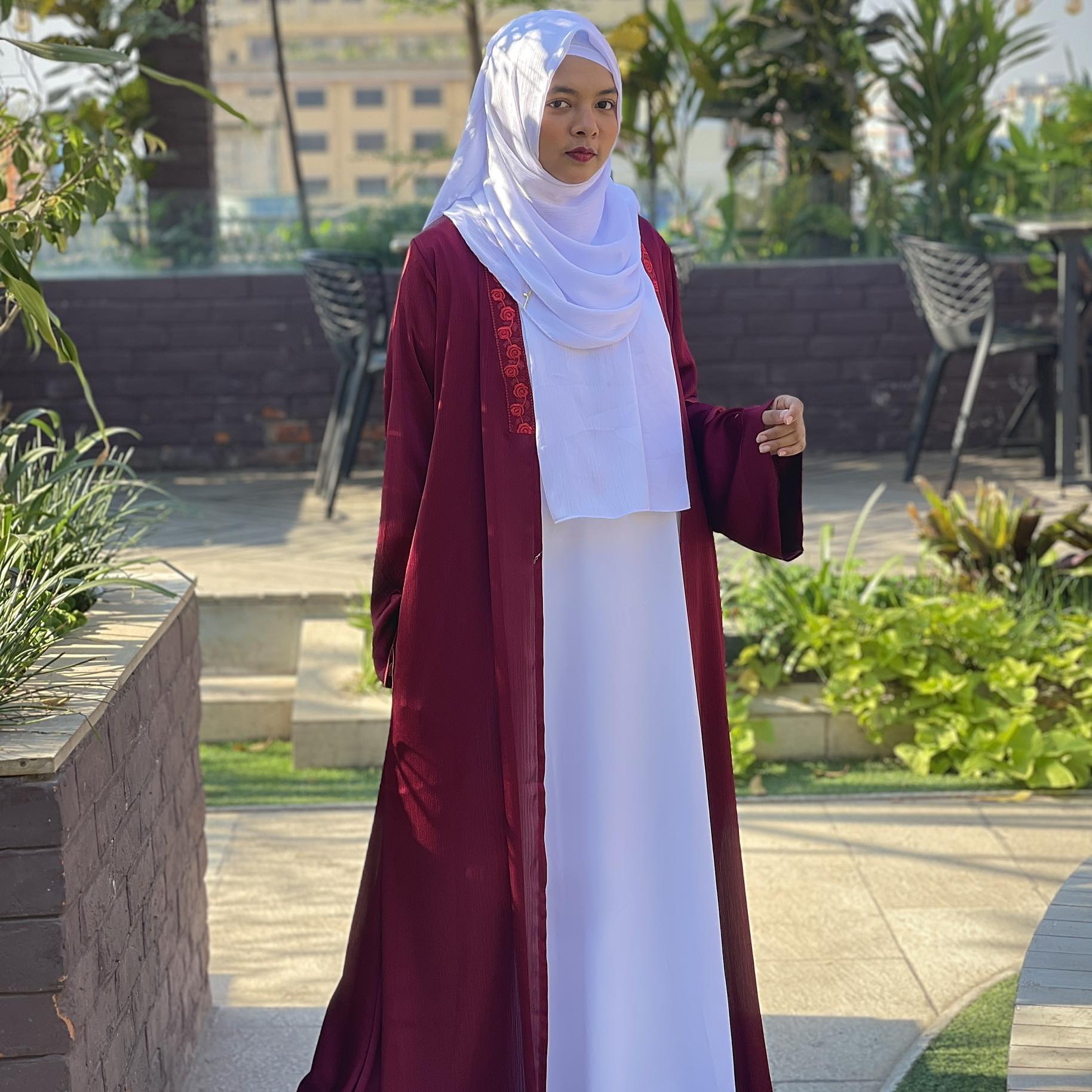Tags: Career Planning
A Guide for Students on What to Wear in Pakistan
Whether you're a male or female student, having a good sense of dressing is a skill that can set you apart in a crowd. Learn how to dress in a Pakistani College or University.
Dressing appropriately is an essential aspect of student life, especially within the premises of educational institutions.
While fashion trends may come and go, the significance of dressing in a manner that reflects professionalism, respect, and appropriateness remains constant.
Let's get to know what to wear, how to wear it, and what to avoid, emphasizing the importance of dressing for success regardless of gender.
The Importance of Dressing in Pakistan
Dressing impeccably isn't just about looking good; it's about commanding respect and influence. Your attire speaks volumes, setting the tone for how you're perceived and your ability to make an impact.
Establishing a Positive Impression
First impressions matter, and clothing plays a significant role in shaping initial perceptions. Well-dressed individuals are often perceived as confident, responsible, and capable.
Research suggests that students who dress appropriately tend to perform better academically as they exude self-assurance and respect for themselves and others.
Reflecting Personal Values
Clothing choices can reflect personal values and beliefs. By dressing modestly and tastefully, students communicate respect for cultural norms, academic environments, and societal expectations.
Dressing appropriately demonstrates a commitment to professionalism and sets a positive example for peers and future generations.
What to Wear
So after knowing the Importance of good dressing sense, now you must be wondering what to wear as a Student
Dress Codes
Many educational institutions enforce dress codes to maintain a conducive learning environment. Students should familiarize themselves with the dress code policies of their respective schools, colleges, or universities.
Dress codes often specify acceptable attire, such as
- Collared shirts
- Polos
- Tees
- Slacks
- Skirts of appropriate length
- Closed-toe shoes

Adhering to these guidelines promotes a sense of unity and discipline within the academic community.
Business Casual
Business casual attire strikes a balance between professionalism and comfort.
For male students, this may include
- Dress shirts
- Khakis
- Loafers
Female students can opt for
- Blouses
- Tailored pants
- knee-length skirts
- Abayas or Gowns

Avoid overly casual items such as flip-flops, sweatpants, tank tops, or clothing with offensive slogans or graphics.
Occasional Wear
Special events or presentations may call for more formal attire. Male students can opt for
- Suits
- Blazers
Paired with dress shoes, while female students may choose dresses or pantsuits.
It's essential to dress appropriately for occasions such as interviews, college fairs, or meetings with professors, as these interactions contribute to professional development and networking opportunities.
How to Wear It
So now you know what to wear but exactly how? Let's answer
Fit and Tailoring
Regardless of the style, proper fit is paramount. Ill-fitting clothing can detract from one's appearance and undermine confidence. Students should invest in clothing that complements their body type and consider alterations if necessary.
Tailoring ensures that clothing hangs correctly and enhances the overall silhouette. Attention to detail, such as hemming pants or adjusting sleeve length, can elevate an outfit from ordinary to polished.
Grooming and Hygiene
Personal grooming is an integral part of dressing for success. Students should maintain good hygiene practices, including regular bathing, grooming facial hair, and keeping nails clean and trimmed.
Hairstyles should be neat and tidy, avoiding extreme colors or cuts that may be distracting in an academic setting. Minimalistic makeup and fragrance are preferred to maintain a professional demeanor.
What Not to Wear
So now you know What to wear and how to wear the proper dresses, Let's now discuss as a Student what not to wear
Revealing or Distasteful Clothing
Clothing that is excessively revealing or provocative is inappropriate for educational settings.
Both male and female students should avoid attire that exposes undergarments, cleavage, or excessive skin.
Similarly, clothing with offensive language, symbols, or imagery should be avoided to uphold the decorum of the learning environment.
Sloppy or Untidy Attire
Sloppy attire, such as
- Wrinkled clothing
- Stained garments
- Unkempt footwear
These type of clothes projects a lack of respect for oneself and others. Students should take pride in their appearance by presenting themselves in a polished manner.
Avoid wearing excessively baggy or oversized clothing, as it can appear unprofessional and unkempt.
Your choice
In conclusion, dressing appropriately is not merely a matter of fashion but a reflection of one's character, professionalism, and respect for the learning environment.
By adhering to dress codes, selecting appropriate attire, and paying attention to grooming and hygiene, students can cultivate a positive image and enhance their academic and personal growth.
Remember, dressing for success is not about conforming to rigid standards but about presenting oneself with confidence, integrity, and respect.
So, whether you're attending classes, participating in extracurricular activities, or preparing for future endeavors, always dress to impress and leave a lasting impression.
